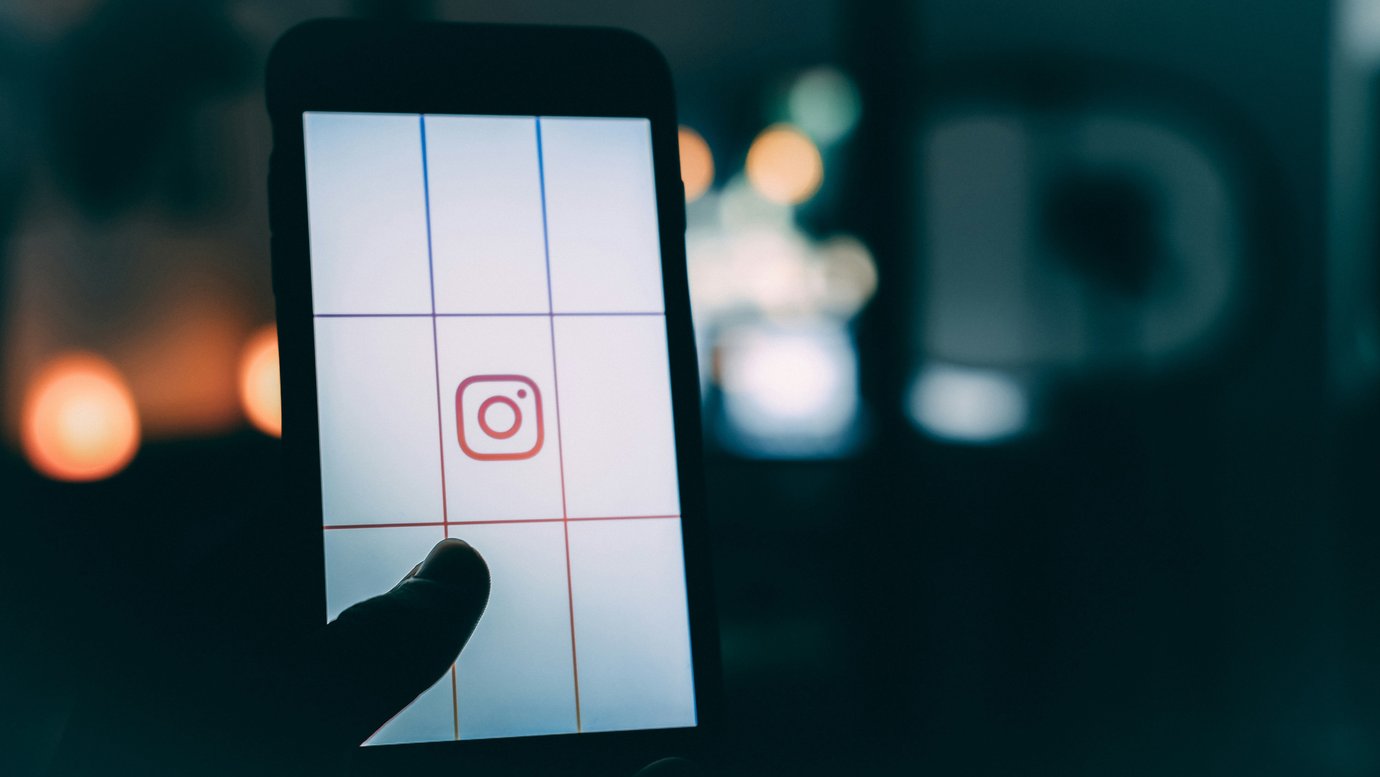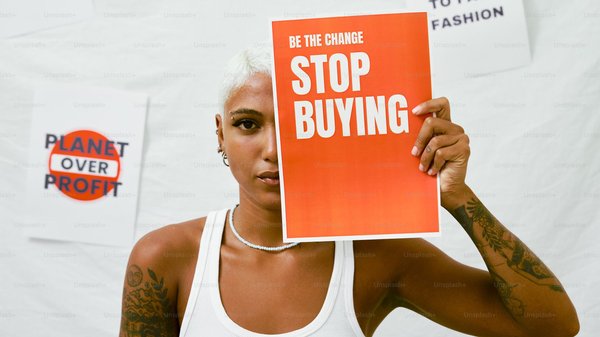Do luxury brands benefit from a withdrawn social media presence? /
Research suggests having a low profile on social media doesn’t help luxury brands appear more exclusive

Scarcity in luxury brand digital communication: unveiling its effect on consumer perceptions
By Olga Nechaeva, Costanza Dasmi, Valentina Mazzoli, Virgina Vannucci & Raffaele Donvito.
Give it to me in one sentence.
Luxury brands that adopt a scarcity based approach to the volume of social media content they share are perceived to be less exclusive, unless people are familiar with the brand or have a specific interest in it.
Give me a little more detail.
Given history of luxury brands such as Balenciaga and Yves Saint Laurent limiting their social media post volume or even wiping their post history altogether, the researchers aimed to investigate whether adopting a scarcity based approach to social media content volume has a positive or negative influence on perceptions of exclusivity for luxury brands.
A sample of luxury brand consumers were recruited to take part in one of three online studies.
In the first study, participants were shown an Instagram page for a fictitious luxury brand (VADE) and were asked to rate the brand for how exclusive it felt on a scale of 1-7. Depending on which of three groups participants were randomly allocated to, the sample either saw a page with 189 posts, four posts or zero posts, representing low post scarcity, medium post scarcity and high post scarcity respectively. The number of stories and followers were kept consistent across conditions
While there were no significant differences between perceptions of exclusivity for those who saw VADE with low or medium post scarcity, there were significant differences between the low and high scarcity groups. Those who saw accounts with zero posts rated the brand as being significantly less exclusive than those who saw the account with 189 posts.
The second study followed a similar procedure except this time a real luxury brand, Balenciaga, was introduced to explore whether brand familiarity mediates the impact of post scarcity on exclusivity perceptions. The sample was split into four groups based on two variables, whether they saw a fictitious brand or Balenciaga, and whether the Instagram page had 189 posts or zero posts.
The researchers observed that while in low scarcity conditions there were no significant differences between exclusivity ratings for the two brands, in high scarcity conditions Balenciaga was perceived to be significantly more exclusive than VADE. Results indicated that brand familiarity is a mediator of communication scarcity and exclusiveness, where more familiar brands are more protected from the impacts of low post volume.
The third study followed the same procedure, but this time tested a further factor, consumer interest. This was to investigate whether in cases of high social media post scarcity, consumers perceive a low-familiarity brand to be less exclusive because of their reduced interest in the brand. Consumer interest was measured via a three item scale validated in previous research.
Results revealed a significant and positive interaction effect between communication scarcity and brand familiarity on consumer interest, which in turn has a significant effect on consumers’ perceptions of brand exclusivity.
Specifically, the results reveal that amid low levels of brand familiarity, high communication scarcity negatively affects consumer interest, which in turn leads to lower levels of perceived exclusivity. In the case of high brand familiarity, high post scarcity did not impact consumer interest.
The researchers concluded that if a luxury brand uses a scarcity-based social media communication strategy, the level of consumer interest decreases, which motivates consumers to make more negative evaluations about the exclusivity of the brand, which is especially true for less familiar brands.
Why is this interesting?
It shows that low volume social media content strategies do not positively impact perceptions of exclusivity for luxury brands. It highlights an interesting difference between content and product, where scarce product availability has previously been shown to increase perceptions of exclusivity.
It suggests that luxury brands who have limited their social media presence in the past, under the guise that a withdrawn presence plays into perceptions of exclusivity, may be better off producing more content that has the potential to increase consumer interest in their brands instead.
While the biggest luxury brands may not suffer from scarce content due to their familiarity, the research suggests that luxury brands who people are less familiar with, or those trying to reach new audiences, could be perceived to be less exclusive if publishing a lower volume of social media content.
Any weaknesses?
While there are past cases of luxury brands completely clearing their social media post history, representing high scarcity in this study with situations where brands have zero posts is an extreme representation of low content volume. It means that the impacts of deliberately reducing the amount of content a brand posts on social media may have been exaggerated.
Because there was no significant difference in exclusivity scores between medium and low post scarcity in the first study it could be questioned whether it was a true test of the influence of low post volume or whether differences in exclusivity perceptions were driven by the unique case of having no permanent posts at all.
Where can I find the whole report?
Here, but it’s not free.
Want more of the same? /
We don’t just write about best-in-class campaigns, interviews and trends. Our Members also receive access to briefings, online training, webinars, live events and much more.






